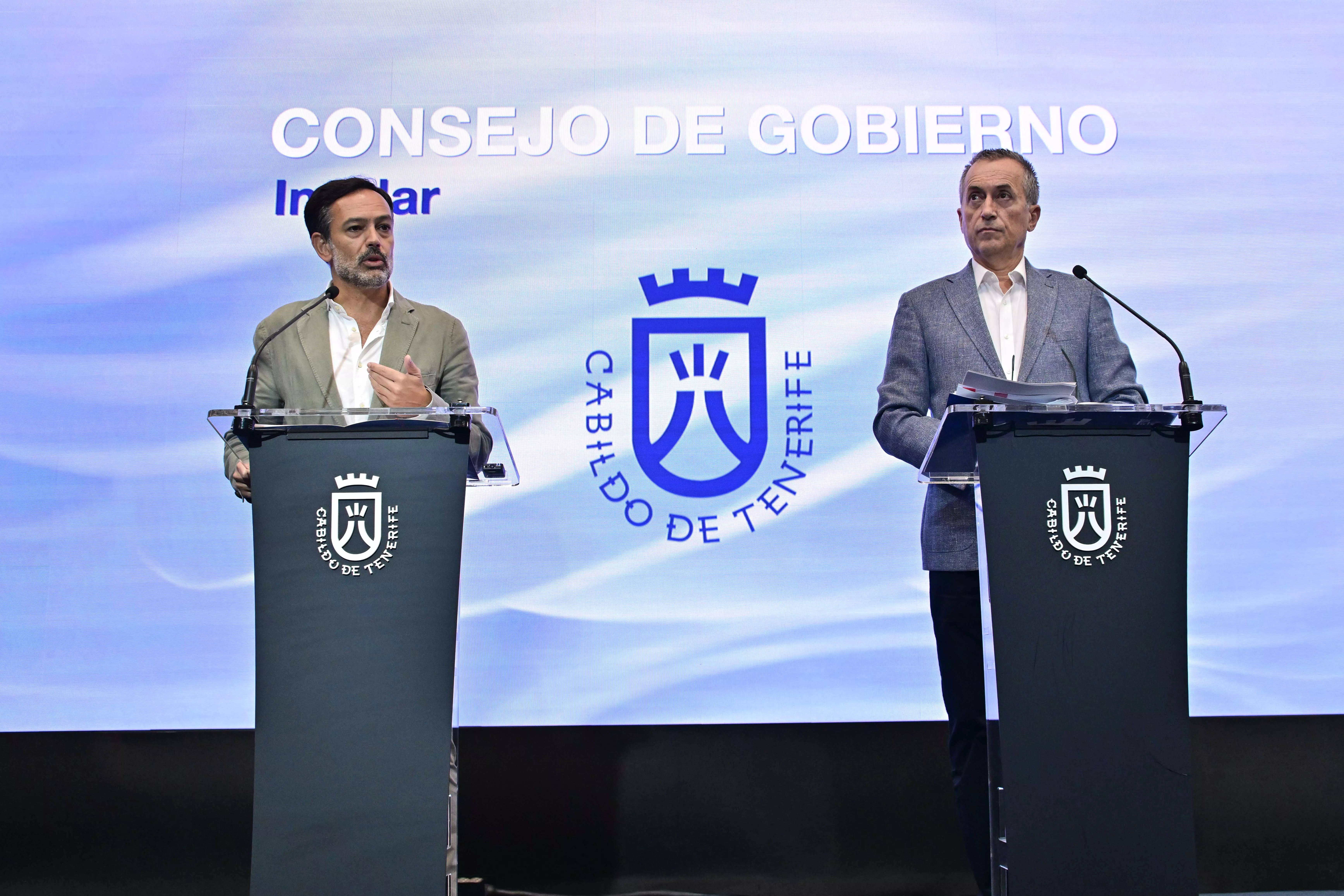The mayor of La Orotava, Francisco Linares, appeared this Tuesday, June 14, together with his government team, to show his rejection of the new Master Use and Management Plan (PRUG) for the Teide National Park and expressed concern with this matter in the face of numerous complaints from citizens and multiple groups. The first institutional representative stressed that regulation, protection and control are advocated, as is logical. “We are in favor of a plan with common sense, but not with a document that is based on the ban,” for which he concluded by asking that “it be returned and start from scratch, extending the deadlines and letting the public participate.”
Yes We Can calls for citizen participation in the drafting of the Teide Master Plan
Know more
“The Teide National Park belongs to Tenerife and not to the politicians of the day or the technicians, and a document of this magnitude that will regulate the Park for the next 30 years needs more time, more debate and more reflection,” he asserted. Along these lines, he also expressed concern about the concern expressed by various affected groups such as beekeepers, hikers, athletes… “people who surely do take care of the park.”
Another aspect of concern, Linares stressed, is security, since out of 24 hours, no less than twelve are unattended. And in this sense he also demanded that a space for the Civil Guard be reinstalled in the park, as it was until about twelve years ago. In this line he explained that the agents of the worthy and the local police of La Orotava are the ones who have to go in case of any incident, being an hour away.
Concern about commuting and parking
Also very worrying is the Mobility Plan, which contemplates how travel and parking will be carried out within the park, among other things. Linares showed his total rejection of residents paying, and continued his defense that tourists should pay, even if it is one euro for the maintenance of the area, since it represents an annual investment of four million euros for the council. Although with respect to this point he also pointed out that it would be necessary to reflect on how many visits the park must support since it receives more than four million a year, being the first in Spain and second in Europe.
The mayor also expressed his surprise at the appearance in the press these days of an image of the infrastructure that could be used for parking lots, and asserted that if this large construction in the park and surroundings is really contemplated in the plan, it is planned in three points, “I will actively oppose as mayor because it is simply inadmissible and it is not the philosophical spirit that the park has.”
He also advocated the creation of a public hostel, blending into the environment, being able to use existing spaces and adapt them, so that citizens have the opportunity to stay and enjoy this environment as well.
Linares explained that the National Park has an area of approximately 19,000 hectares, of which 13,000 (almost 70%) is from La Orotava, and therefore the municipality contributes its own resources to cover services such as solid waste collection. In addition, historically, and before it was declared a national park in 1954, it has been cared for and protected by the residents of the town, especially those from the area of Los Altos, and from the adjoining municipalities. Thus, there are fourteen towns on the island that adjoin this natural space, “which should also be consulted and have their opinion”.















